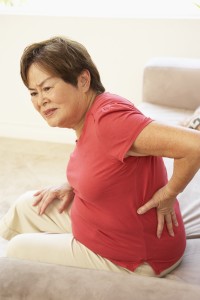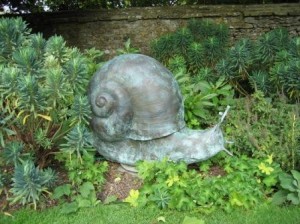
Getting older doesn’t mean things inevitably are on a downhill slide. Getting in and out of the chair can be done without moans and groans and backache isn’t something that has to be accepted as a part of ageing.
It’s about looking at how we do things. Plonking into a chair is heavy and will round the back, putting pressure on the lower back. Trying to launch yourself up from the back of a soft low sofa is pretty tricky at any age. Getting up from lying down or sitting is made more difficult if you’re tipping your head back.
Some time back, I worked with an older person who had back and knee problems that were so bad that he was practically having to crawl upstairs by the end of the day. By our second session, the most important initial change was that he had hope that things could improve. Hope makes a huge difference.
The arthritis and osteoporosis were still there. But seeing how he could use his body differently and changing some of his movement habits put less pressure on his joints.
We looked at activities such as sitting, standing and bending and also at getting up and down stairs. The practical ideas he took on board plus the way he was able to hold his body less tensely changed things enormously. From crawling up the stairs or grabbing onto the banister, he became able to walk up two flights of stairs holding a mug of tea in each hand!
One of the problems with aches and pains is that one can focus on the problem area too much. Arthritis and other knee problems can make people dread a movement before they do it – stairs and sitting being two such situations. The dread or anxiety about triggering knee pain makes people tense. So here we have a triple whammy:
- tightening the body
- focusing on the problem area and ignoring the rest of the body
- having unhelpful habits such as throwing the head back.
And so there are 3 areas to look at changing:
- pausing before moving to quieten down the tensing
- thinking about the whole body and thinking up
- exploring practical ways of moving which work with rather than against natural balance.
This is what the Alexander Technique is about. So there are plenty of things to look at and ageing certainly doesn’t need to be a downhill process.




